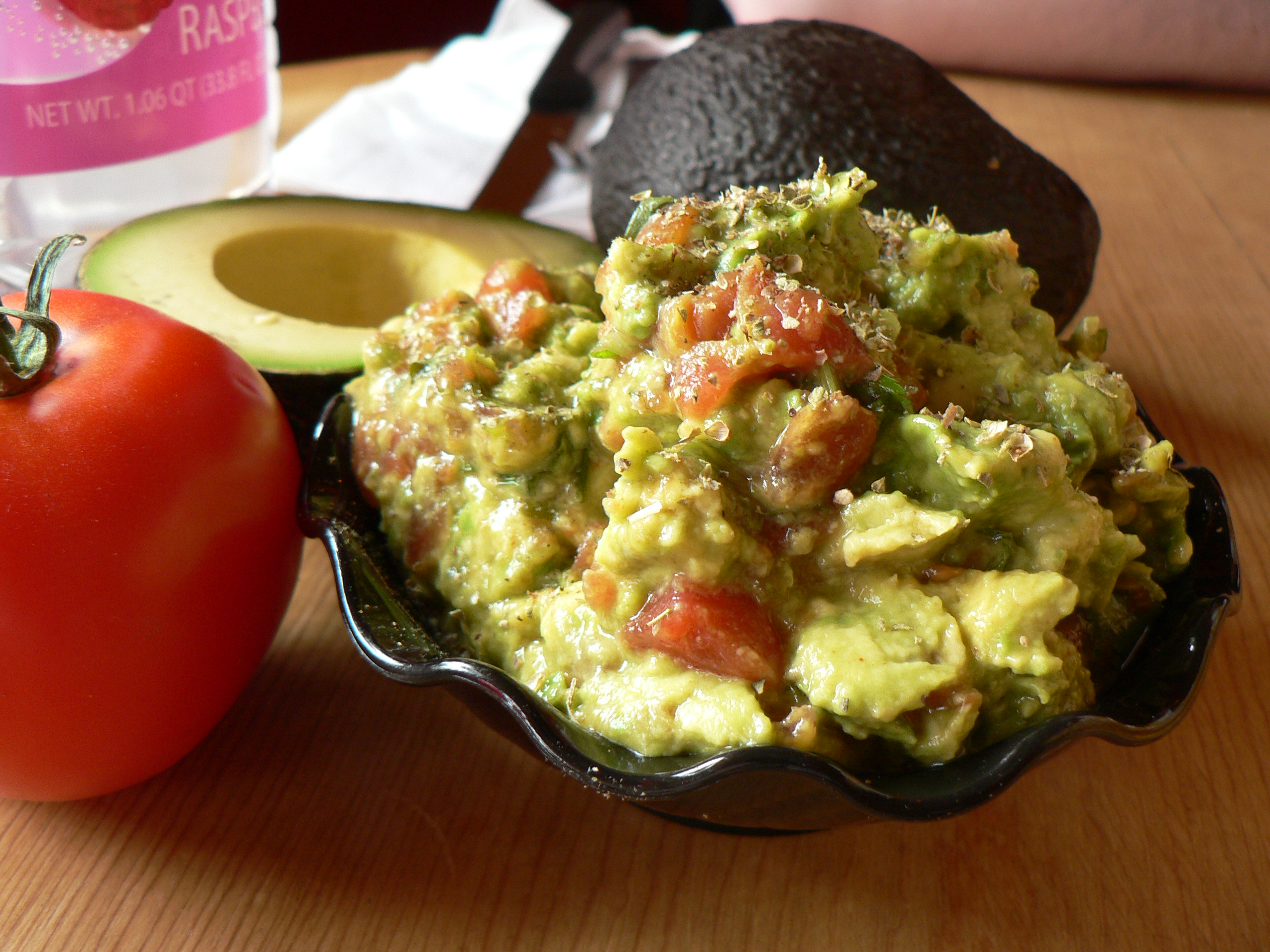When you only have a few words to communicate a big idea, as in a tagline or a headline, you've got to make them do a lot of work.
In physics,
doing work means acting on a body and creating displacement. In thermodynamics,
work refers to energy transfer from one system to another. Likewise, when copy does work, it has an effect on the intended audience. Word for word, headlines have to do a lot more work than copy-heavy ads like this one.*
But how to string together a few measly words to make a really big statement? One way is to use
double meaning, either with single words or phrases or with the way they're couched.
Netflix uses this device to great effect in their new campaign.
 |
| Tagline: "You gotta get it to get it." |
The tagline, of course, means that you must be a subscriber to Netflix in order to understand the meaning of the image. (In this case, you really just need to be a child of the 80s, but that's beside the point.) The repetition of the phrase "get it" to capture each meaning creates a nice rhythm and sound, and the double meaning allows the tagline to do a great deal of work.
On their web site, Nike presents a succinct tagline with two meanings of "fit":
 |
| "Introducing the Nike Pro Rival Bra, the ultimate fit for the ultimate workout." |
The idea of becoming physically fit is overlaid by the concept of a bra that fits well. Again, they've used the same word twice.
Double meaning in this sense is a like a pun, but it's not humorous; nor is it a
double entendre, which implies that one of the meanings is, shall we say, indelicate. Whatever it's called, this device is used often in ads, and also in poetry.
Until "
Evening Walk," however, I'd never seen an entire line, or series of lines, in a poem serve as a pun. Poet Charles Simic uses non-humorous puns in words and phrases to create uncertainty and double meaning which lead to a deep yin-yang tension. Here's the first stanza:
You give the appearance of listening
To my thoughts, O trees,
Bent over the road I am walking
On a late summer evening
When every one of you is a steep staircase
The night is slowly descending.
In the third line, are the trees bending over the road? Or, in a more Yoda-like construction, maybe the speaker is walking down the road, bent over. Is it late in the evening, or late in the summer--or both? At the end of this stanza, the trees are each a staircase, implying upward movement. (Will the speaker be ascending to heaven?) But this image is immediately reversed in the next line: instead, night is descending those staircases. The reader gets the sense of both upward and downward movement, and of lightness and darkness, at the same time.
Poems are written to be read, but (unfortunately for the word-lovers of this world) ads, brochures, and web sites can't be. They must be written on the assumption that they'll only be skimmed. I'd like to see (or write) a tagline or headline that can use a pun to create as beautiful and delicate a balance, and do as much work, as "Evening Walk."
*By the numbers, each word in the Netflix ad must do approximately 135 times as much work as those in the Lien Foundation ad, although of course that's not how it works at all.







.jpg)











